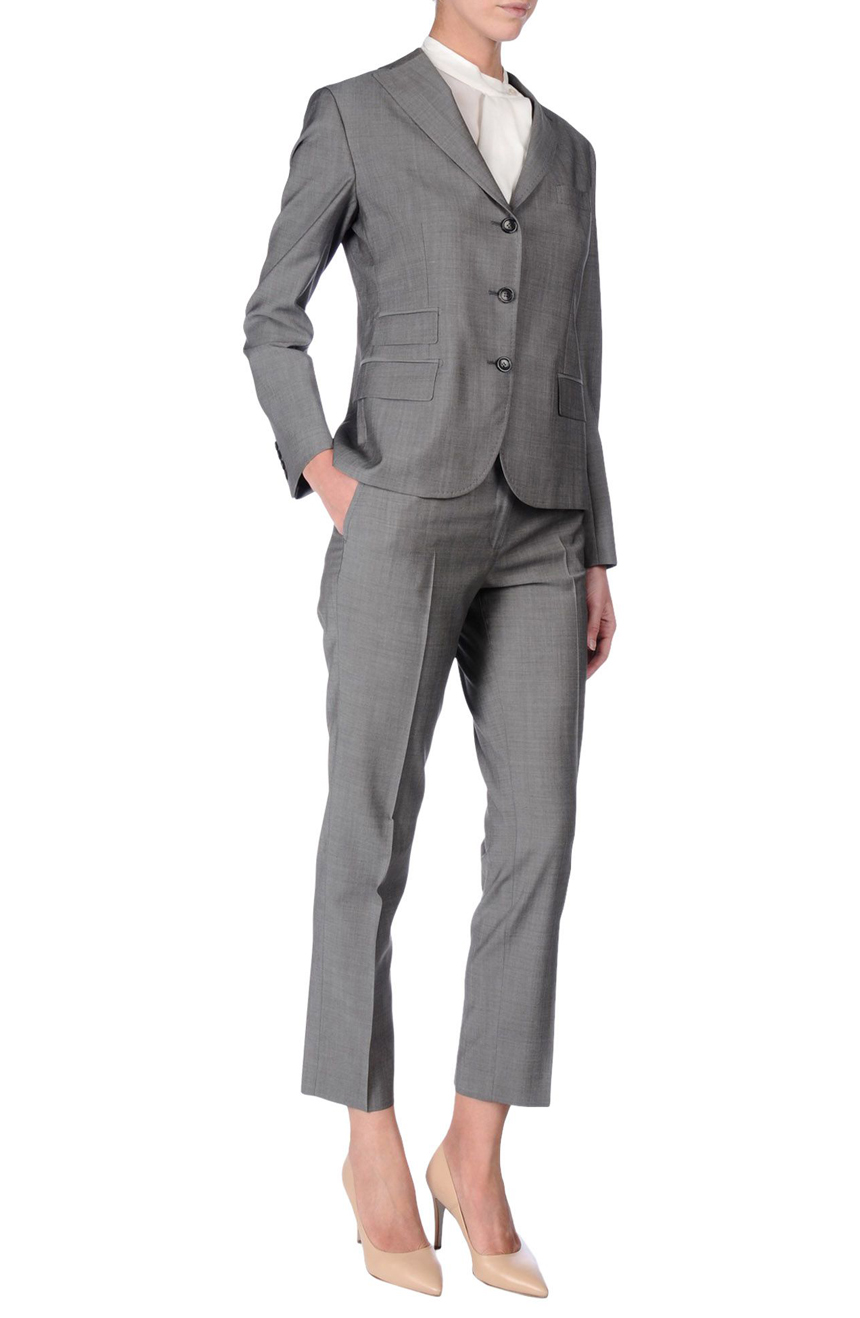Tailor Tuxedos Perth: Custom Tuxedos for Special Events
Tailor Tuxedos Perth: Custom Tuxedos for Special Events
Blog Article
Comprehending the Tailoring Refine: From Textile Selection to Last Suitable for the Suitable Closet
The customizing process is a complex interplay of art and scientific research, starting with the important decision of material option and culminating in the accurate changes of last fittings. Each textile kind brings distinct qualities that influence not only the aesthetic appeal yet additionally the garment's durability and suitability for different events.
Importance of Textile Option
Picking the best textile is essential in the tailoring process, as it straight affects the convenience, sturdiness, and overall visual of the last garment. The choice of textile sets the foundation for the garment's efficiency, performance, and design. Various materials possess special residential properties, such as breathability, stretch, and weight, which can significantly influence just how the garment drapes and fits the body.

A customized piece made from an ideal textile not only showcases workmanship yet likewise raises the wearer's confidence. Consequently, comprehending the subtleties of fabric choice is extremely important for any type of tailoring undertaking. It guarantees that the end product not only fulfills the aesthetic needs of the customer yet also straightens with functional requirements, thereby accomplishing a harmonious balance in between type and function in the tailored closet.
Sorts Of Fabrics and Their Usages
Recognizing the numerous kinds of materials readily available is important for making informed decisions during the customizing procedure. Each material has one-of-a-kind qualities that dictate its viability for specific garments and celebrations.
Cotton, understood for its breathability and soft qualities, is optimal for sportswear and summer garments. Its adaptability enables it to be customized into every little thing from t-shirts to outfits. Wool, on the other hand, is favored for its heat and framework, making it an excellent choice for formal suits and outerwear. Its natural flexibility helps garments preserve form over time.
Silk shows deluxe and is lightweight, making it perfect for eveningwear and delicate shirts; however, it calls for mindful handling because of its fragility. Bed linen, with its distinctive coating, is a preferred choice for warm environments, supplying a crisp and airy feeling, however it wrinkles quickly, which may impact the garment's look.
Synthetic textiles, such as polyester and nylon, offer sturdiness and resistance to wrinkles, making them ideal for daily wear and energetic garments. Understanding these fabric types and their buildings permits for much better decision-making, guaranteeing that each customized item not just fits well but additionally straightens with the intended purpose and event.
The Tailoring Strategies Discussed
The art of customizing depends on a variety of strategies that change material right into well-fitted garments. Central to this process is pattern composing, where a tailor develops design templates based upon the client's dimensions and desired design. This initial step makes sure that the garment will fit the user appropriately before any type of cutting happens.
Once patterns are developed, cutting methods come right into play. Precision is vital as mistakes can lead to misfitting garments. Tailors usually utilize various cutting methods, such as single-layer cutting for elaborate layouts and multiple-layer cutting for effectiveness on typical patterns.
Basting is another important method, permitting tailors to momentarily stitch fabric assemble for an initial fitting (top tailor perth). This technique uses the chance to analyze the drape check over here and overall silhouette prior to last stitching
Seaming techniques, including flat-felled seams and French joints, improve the garment's sturdiness and visual charm. Tailors likewise use techniques such as interfacing and extra padding to offer structure and form to specific locations, like collars and shoulders.
Lastly, completing strategies, including hemming and side completing, make certain the garment's long life while giving a polished look. Together, these techniques create the backbone of reliable tailoring, leading to splendid, tailor-made clothing.

Suitable Changes and Factors To Consider
After the initial tailoring methods have been applied and the garment is constructed, suitable adjustments end up being extremely important to achieving the best fit. These changes resolve different facets of the garment, guaranteeing it contours to the user's physique and enhances general appearance.

The rise of pants is another essential factor; it must rest conveniently over the hips without triggering discomfort, enabling convenience of activity. Hemming lengths for both pants and skirts need to reflect the wearer's preferred design while valuing percentages.
Furthermore, interest needs to be provided to the rear of the garment, guaranteeing that there are no undesirable pulls or excess material - tailor perth. Each adjustment ought to be thoroughly thought about, as also small modifications can substantially influence the total fit and visual of the tailored piece, ultimately resulting in a closet that exudes confidence and elegance
Keeping Your Tailored Clothing
Appropriate maintenance of customized garments is essential to maintaining their fit and look with time. To guarantee longevity, normal cleaning is paramount. Constantly follow the treatment label directions, which may suggest completely dry cleaning for fragile materials or read here equipment washing for more long lasting materials. Avoid regular laundering, as this can wear down the textile and alter the garment's form.
Storage space is similarly essential; usage cushioned wall mounts for coats and layers to maintain shoulder structure, and shop trousers folded up neatly or hung to stop creasing. Protect garments from direct sunlight, which can fade colors and damage fibers.
Furthermore, periodic assessments for minor repair work can avoid bigger concerns. Inspect for loosened switches, tearing seams, or signs of moth damages, resolving these issues quickly to keep the garment's honesty.
Finally, consider seasonal rotation. Wearing customized items in moderation allows materials to recuperate, extending their life-span. By implementing these upkeep strategies, you can make sure that your customized garments remain as excellent as the day you initially wore them, boosting your optimal wardrobe for many years ahead.
Conclusion
The tailoring procedure, incorporating fabric choice, proficient strategies, and exact fitting adjustments, plays an important function in producing garments that boost both next page convenience and style. Each stage adds to the overall effectiveness of the end product, making sure that clothing not just fits well however also shows specific identity. Recognizing the value of upkeep prolongs the life of tailored garments, solidifying their worth in a well-curated closet. A comprehensive method to customizing finishes in a sleek and positive appearance.
Report this page